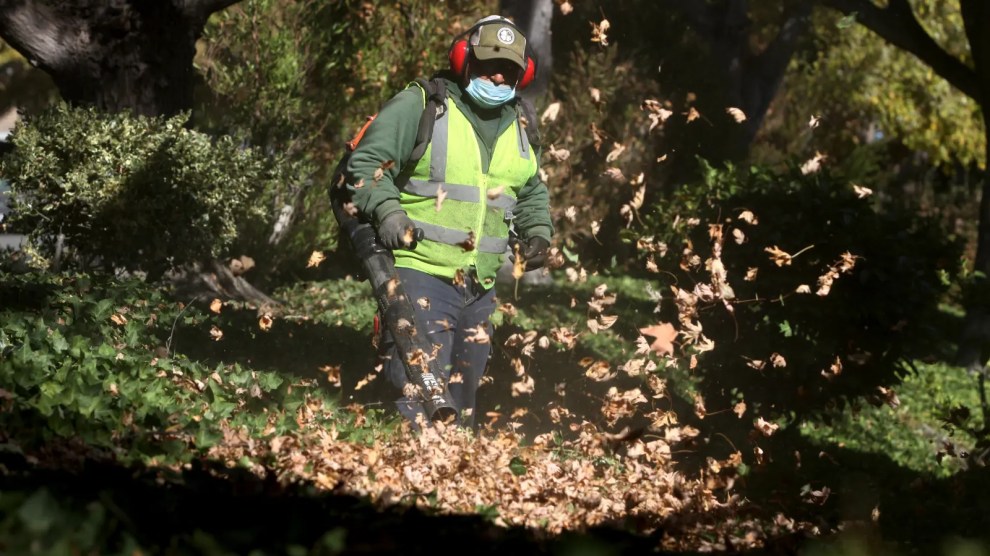Matt Yglesias, vacationing in Paris, notes that nobody in Europe uses old-fashioned credit cards with magnetic stripes on them anymore. He tweets:

The answer is actually sort of interesting, and gives me a chance to grumble about one of my longtime hobbyhorses. Basically, smart cards (aka “EMV cards” or “Chip and PIN” cards) are better at fraud prevention. Instead of signing your name on a credit card slip, you put the card into a terminal, enter your PIN number, and off you go. This is better for you because the card never leaves your presence (restaurants, for example, equip their servers with portable card readers), which means nobody can steal your card information. And it’s better for the banks because PINs are more secure than signatures and smart cards are harder to forge than old-style cards.
So why don’t we have them in America? Well, it’s expensive, because merchants would all have to replace their old terminals with shiny new smart terminals. But this is obviously not a very satisfactory answer. After all, you could phase in the new terminals over a period of years, making it part of the usual equipment maintenance cycle. In Europe they seem to think this cost is worth it in order to reduce fraud, so why not in the United States? Here’s an article written a few years ago on the subject, prompted by complaints from U.S. travelers that they sometimes have trouble using their credit cards overseas:
In addition to the number of terminals that would need to be changed, many experts say that the cost of fraud in the United States is considered manageable right now, taking away further incentive to change. “I don’t think, based on my discussions with big banks that issue most credit and debit cards, or with card associations, that they envision rolling out so-called chip-and-PIN in the U.S. today,” [says Don Rhodes, director of risk management policy at the American Banking Association].
But why is the cost of fraud considered “manageable” in the United States? Partly it’s because fraud rates have long been lower in the U.S. than in Europe thanks to the nature of our payment network. But there’s more to it. It’s also because American banks and card companies have successfully pushed a great deal of the cost of fraud onto merchants and consumers. Stricter rules prevent this in most European countries, which means that banks and card companies have a stronger incentive to cut down on fraud and identity theft.
This is the price we pay for loose regulation of the credit/debit card industry. Card companies don’t really have much incentive to reduce fraud since they don’t pay the bulk of the price for it. In Europe they do, and voila! With profit as an incentive, they figured out a way to reduce fraud significantly. The result is lower costs for consumers and less risk of identity theft.
Wouldn’t that be great to have in America too? As a bonus, it would also allow American cards to be used in Europe without hassle. The good news, such as it is, is that Visa and MasterCard might finally be getting on board the smart card train in the U.S., and the Fed could help things along if it were so inclined. New Durbin amendment rules allow card issuers to charge higher interchange fees if they comply with the Fed’s fraud standards, and the Fed could make adoption of smart cards part of those standards. If they do, card issuers would have a real financial incentive to make the switch. Stay tuned.


















